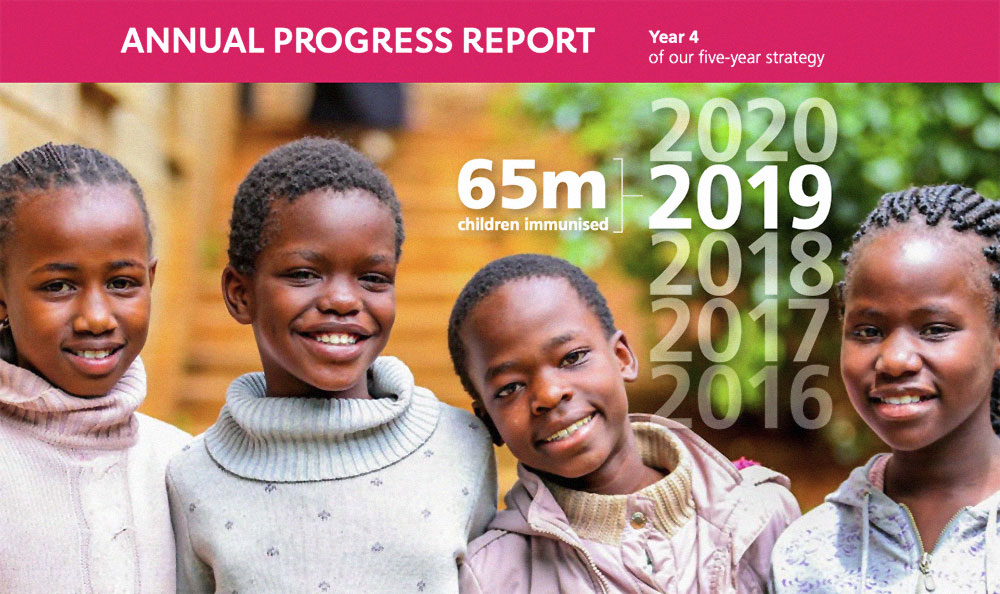Taking the long view on vaccine markets
Gavi’s long-term approach to developing healthy markets for critical vaccines has led to greater stability and security, providing countries with the confidence that supplies will be available to meet their demand.
- 15 October 2020
- 4 min read
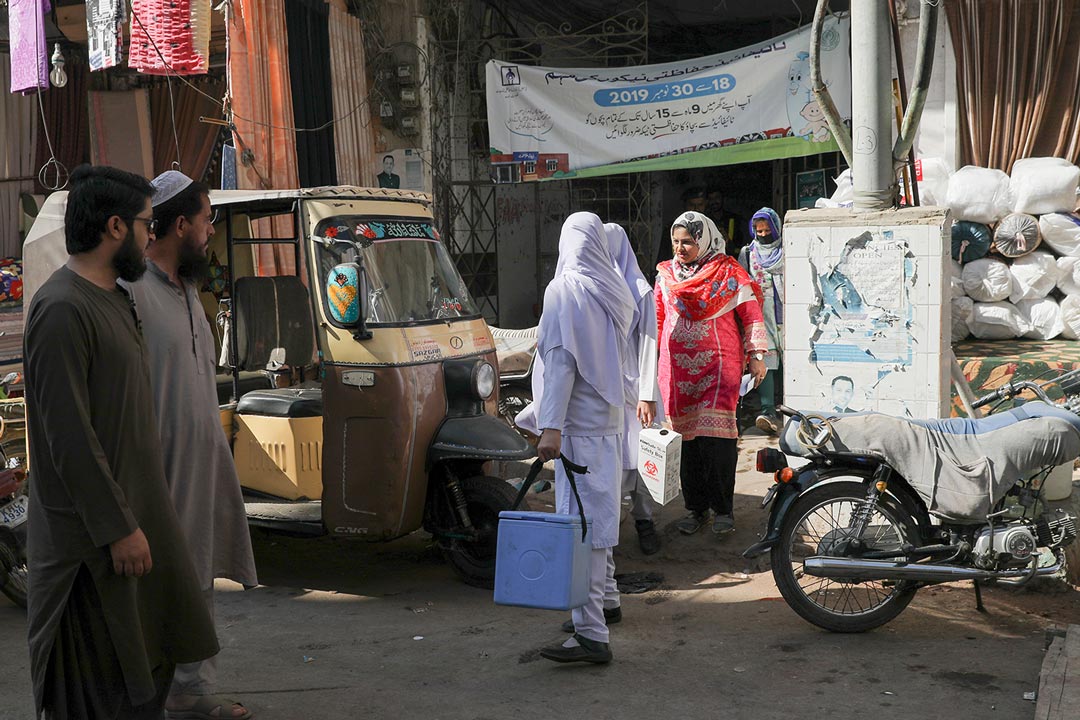
Since the current strategic period began in 2016, Gavi has focused on taking a long-term approach to developing and maintaining healthy markets for the critical vaccines we support. We are now seeing this work come to fruition. This has led to greater stability and supply security in important vaccine markets, providing countries with the confidence that supplies will be available to meet their demand.
Moderate levels of healthy dynamics in three key vaccine markets (pentavalent, pneumococcal and yellow fever) represent a significant achievement – particularly in the market for pentavalent vaccine – and will require continued work to sustain. Following a series of price drops since 2016, this market has now reached a level at which it is vital to maintain stability, while minimising risks to the security of supply. Further price reductions are neither expected nor desired, as they could potentially undermine this essential market. Gavi’s long-term ambition is to improve the health of other vaccine markets, recognising that changes in market conditions take time and are often interlinked with global markets. Importantly, eight vaccine markets were again assessed in 2019 as having sufficient and uninterrupted supply of appropriate vaccines.
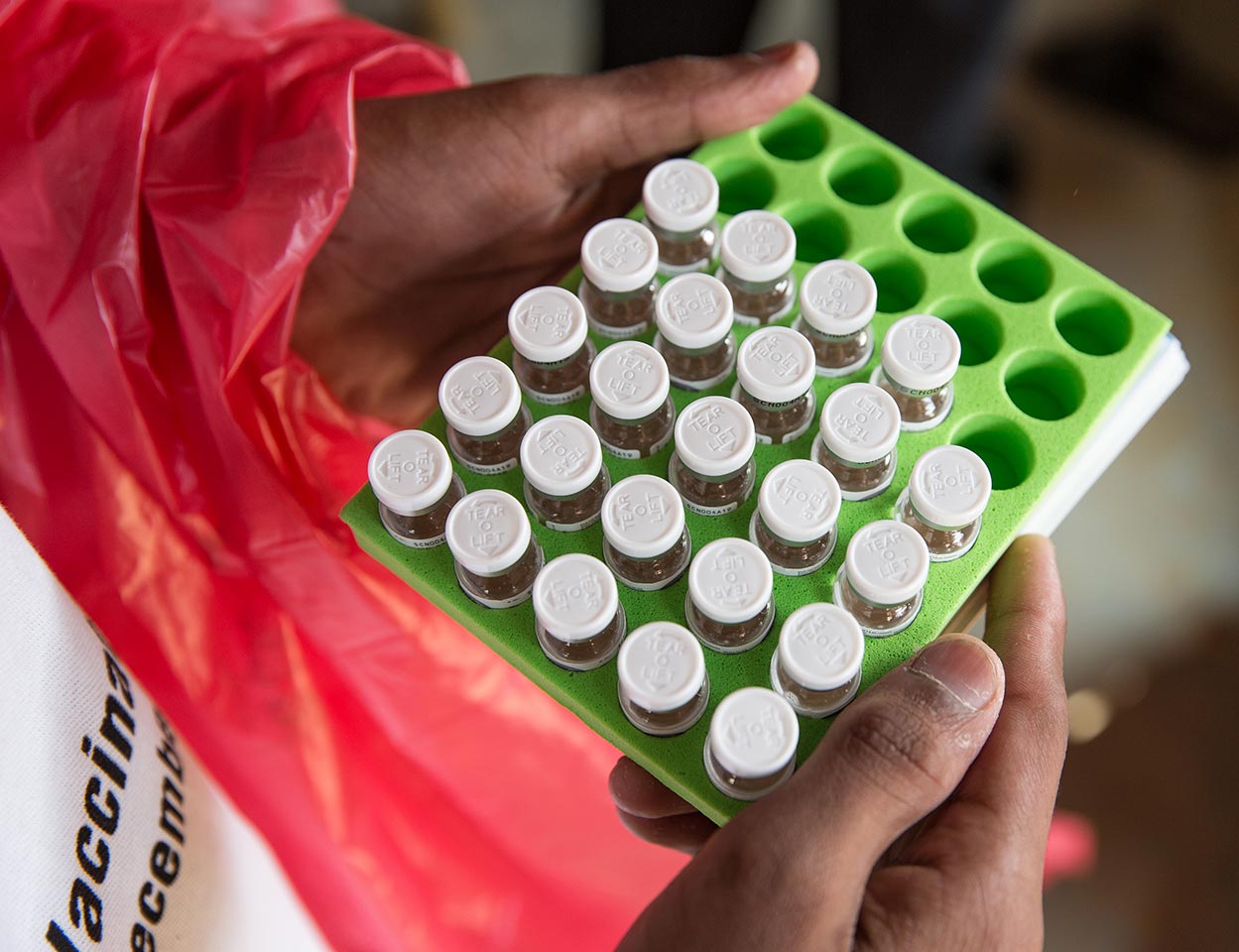
The dilemma of greater choice
New products and presentations are being procured – in 2019, these included new presentations for measles-rubella, pneumococcal and rotavirus vaccines – and countries are being offered a wider range of products. This can be a challenge for countries, as they strive to assess which products and presentations best meet their needs and capacities. For example, different presentations may require storage and transport at different temperatures; others will come in larger or smaller vials; while others will offer coverage of different serotypes. All of this presents logistical challenges to ensure that all vaccines can be safely delivered through the cold chain. The need for careful evaluation of the impact of each new product means that adoption or change to a different presentation can be a slow process. We are working to provide clear information on the options available and to support countries in making the most appropriate choices.
Cold chain equipment market heats up
Refrigerators and freezers to keep vaccines within a defined temperature range are vital to immunisation. Gavi’s Cold Chain Equipment Optimisation Platform (CCEOP) increases choice, competition and supply security to help countries procure affordable, improved equipment. Large countries requesting equipment from a dominant supplier must select a proportion of installations from a second, non-dominant supplier – so new or smaller companies enter the market, and countries benefit from technical innovations and try out new brands.
The year 2019 saw a significant improvement in competition. Thanks to lower prices and installation costs, and a shift to newer and lower-cost brands, savings of more than 10% were achieved in the markets for ice-lined refrigerators, and solar direct drive refrigerators and freezers and installation services. This was due to a combination of lower prices unlocked, reduced installation costs, and a shift in country preferences to newer and lower-cost brands.
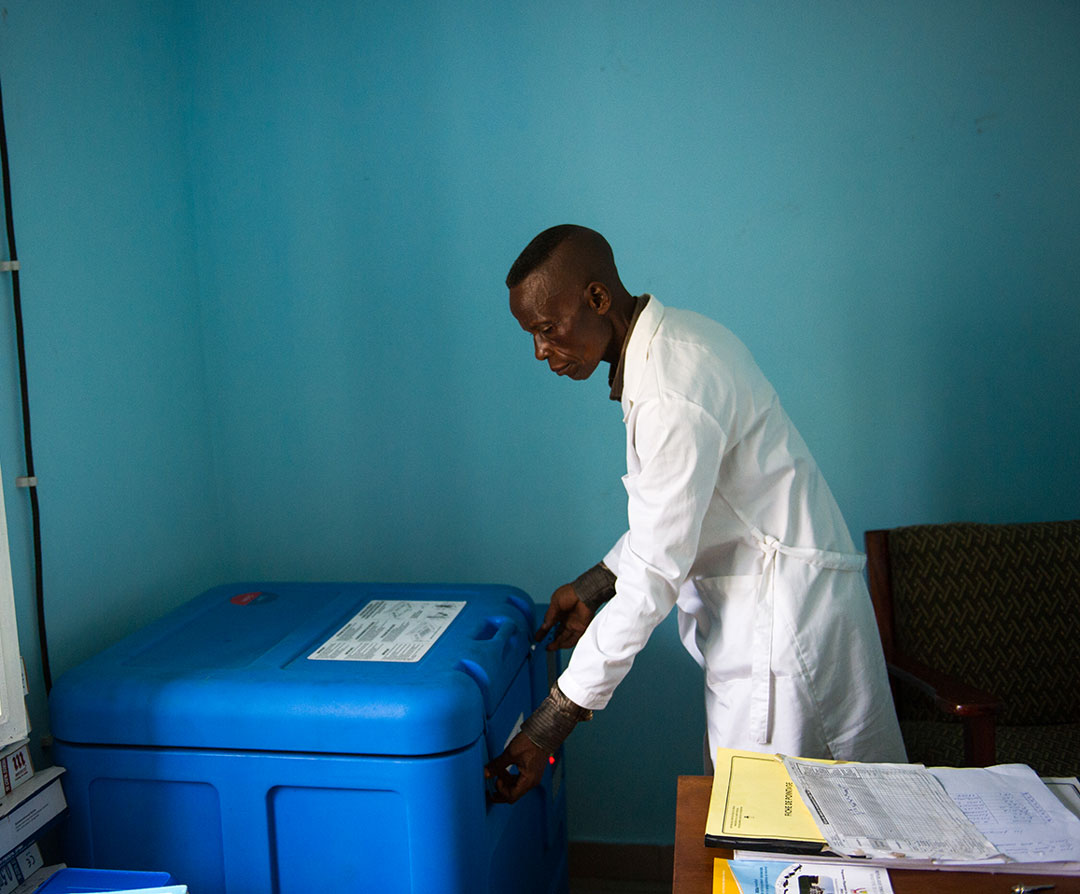
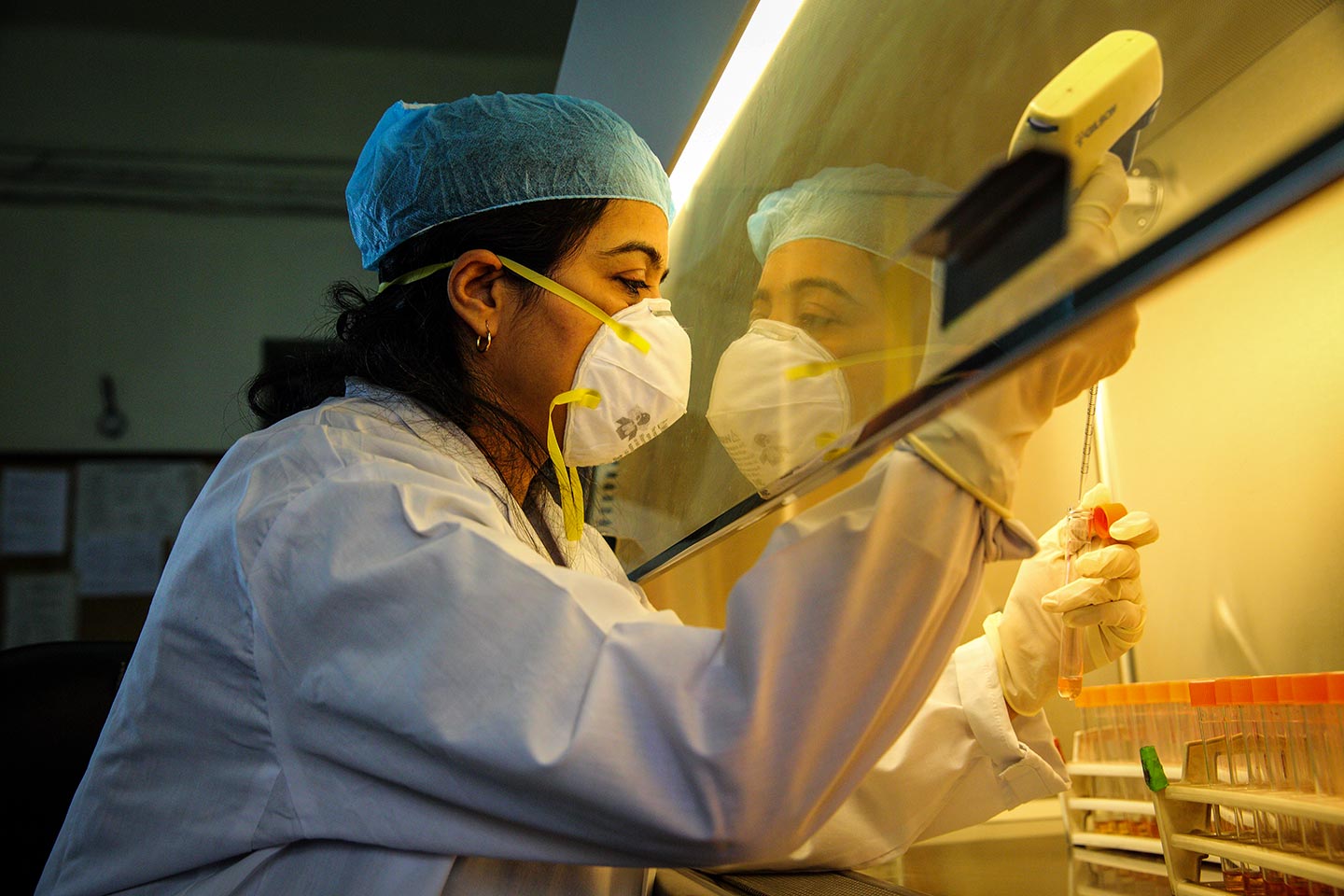
Promoting innovation for the longer term
Vaccine product innovations help simplify logistics, increase safety and address barriers to immunising the unreached. The Vaccine Innovation Prioritisation Strategy (VIPS), a collaboration between Gavi, the World Health Organization, the Bill & Melinda Gates Foundation, UNICEF and PATH, identifies the most promising vaccine products to better meet country needs, and support Alliance goals on coverage and equity.
In 2019, the VIPS Alliance Working Group shortlisted 9 out of 24 vaccine product innovations and further assessed them with a list of priority vaccines. In 2020, the VIPS Working Group aims to prioritise three of these innovations, for which the Alliance will seek to accelerate access in lower-income countries by providing targeted support and fostering the enabling environment.
Coordination challenges
With a growing number of vaccines being introduced in countries, there are inevitably challenges of coordination and planning. Alliance partners work hard to support countries to identify which are the best products for them and prepare for new introductions. Nonetheless, country-level challenges do occur.
In 2019, one issue was managing the supply of yellow fever vaccine in the face of demand from mass campaigns promoted through the Eliminate Yellow Fever Epidemics (EYE) Strategy. Another ongoing challenge in some markets is a lack of diversity of supply. For example, there is still only one manufacturer of prequalified typhoid conjugate vaccine (TCV), which is scaling up supply availability – requiring in-country coordination to optimise available supply.

Read more about how Gavi has accelerated equitable uptake and coverage of vaccines in Gavi’s 2019 Annual Progress Report.
Recommended for you

